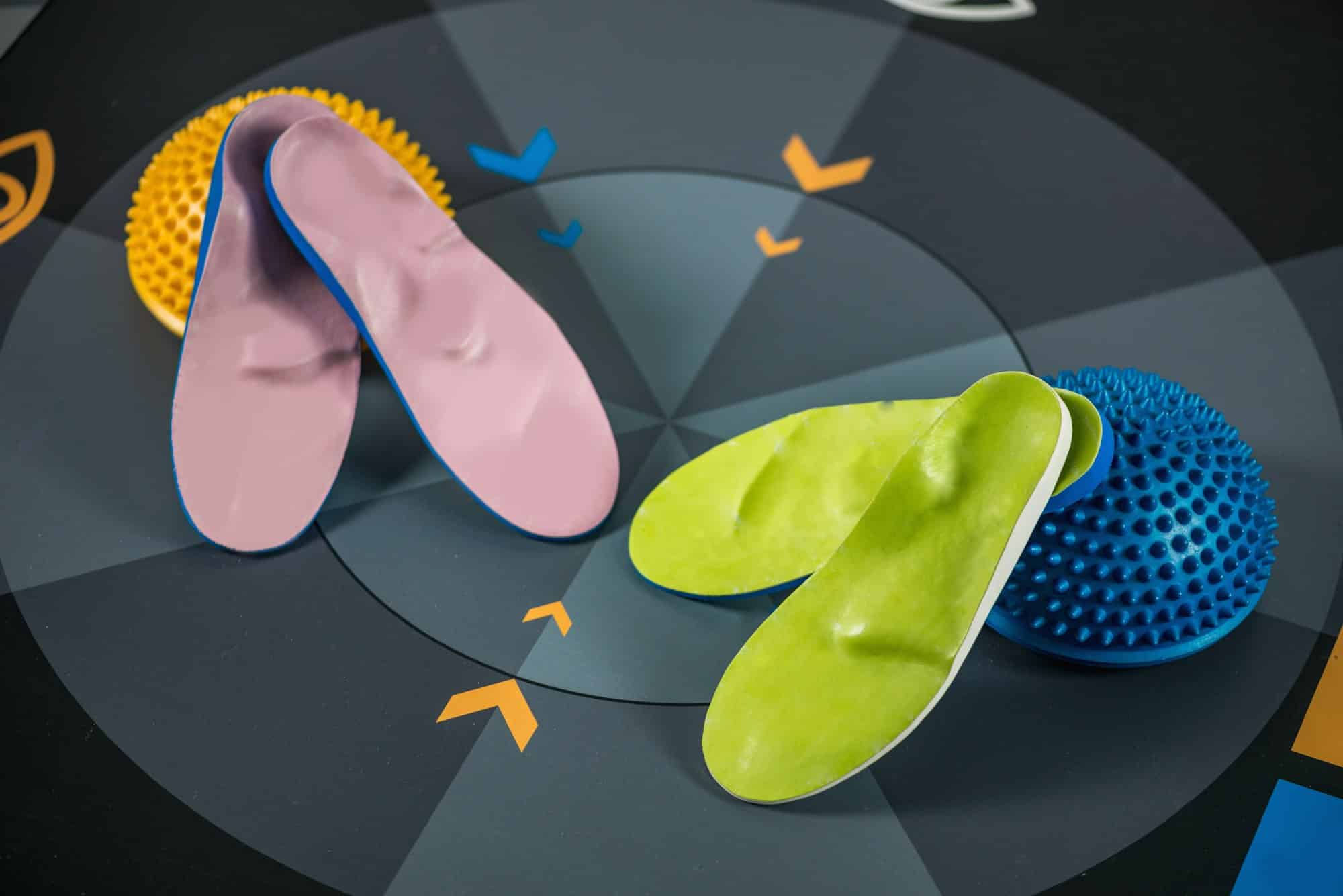How Are Smart Insoles Using Pressure Sensors to Improve Gait and Prevent Injuries?

The world of healthcare is rapidly changing, and technology is at the forefront of this evolution. In the realm of physiotherapy and orthopedics, one innovative technology that is changing the game is smart insoles. By using pressure sensors embedded within the insole, these advanced tools not only improve gait but also help in preventing a range of injuries. They are a testament to how technology can bring about transformation in healthcare.
In this article, we will delve deeply into how smart insoles are using pressure sensors to bring about these improvements. We will explore the technology behind smart insoles, how they function, and the role they play in injury prevention and gait improvement.
A lire en complément : Can AI-Enhanced Smart Cameras Detect Early Signs of Wildfires to Prevent Large-Scale Damage?
Understanding The Technology Behind Smart Insoles
Before we get into how smart insoles are changing how we walk and preventing injuries, it’s important to understand the technology that powers them. The key element in these insoles are pressure sensors. These are sophisticated devices that can detect and respond to a certain amount of force or pressure.
In smart insoles, these pressure sensors are strategically placed to detect pressure distribution while walking or running. The data from these sensors is then analyzed to provide valuable insights about the individual’s gait and foot function. This can help in identifying any abnormalities or issues that might lead to injuries or discomfort in the future.
A voir aussi : What Are the Breakthroughs in Electric Motor Technology for Electric Aircraft?
Functioning of Smart Insoles: A Closer Look
Smart insoles are designed to be worn in your shoes just like any regular insole. However, the difference lies in the presence of tiny pressure sensors embedded within the insole. As you walk, run or engage in any physical activity, these sensors pick up the pressure exerted on different parts of your foot.
The data collected by these sensors is sent to a connected device, usually a smartphone or a tablet, through Bluetooth. Here, using specialized software, the data is analyzed in real time. The software is capable of creating a visual map of the pressure points, providing a clear view of how the foot interacts with the ground during movement. This information is valuable for both individuals seeking to improve their gait and health professionals looking for diagnostic insights.
How Smart Insoles Improve Gait
Smart insoles are revolutionizing the way we understand and improve our gait. By providing real-time feedback on our foot’s pressure distribution, they allow us to modify and correct our walking or running patterns.
For example, the pressure data can reveal if an individual is overpronating (rolling the foot inward too much) or underpronating (not rolling the foot inward enough). These are common issues that can lead to injuries and discomfort if left unaddressed.
But with instant access to this data, individuals can make immediate adjustments to their gait. They can consciously try to shift their weight more evenly or adopt a more natural foot roll, thus eliminating the potential for injury. Additionally, physiotherapists and trainers can use this data to design personalized training programs to help their clients achieve a healthier and more efficient gait.
Role of Smart Insoles in Injury Prevention
Beyond gait improvement, smart insoles play a significant role in injury prevention. By identifying potential issues early on, they give users the chance to take preemptive action and avoid injury.
This can be incredibly beneficial for athletes and individuals involved in high-impact physical activities. Over time, repetitive strain on certain parts of the foot can lead to injuries like plantar fasciitis, shin splints, and stress fractures. However, by spotting these high-pressure areas early on, steps can be taken to redistribute the pressure, change the activity, or introduce specific exercises to strengthen the foot.
Additionally, smart insoles can also assist in the rehabilitation process. For individuals recovering from an injury, they can ensure the foot is healing correctly and not subconsciously compensating in ways that could lead to further injuries.
Smart insoles are a perfect example of how technology can be leveraged to improve our health and well-being. By using pressure sensors to provide real-time feedback on our foot function and gait, they offer a proactive approach to preventing injuries and enhancing our physical performance. While they are not a substitute for professional medical advice, their potential for personal use and in the healthcare industry is immense and game-changing.
Enhancing Sports Performance with Smart Insoles
Smart insoles aren’t just beneficial for the prevention of injuries; they also have the potential to enhance sports performance. The continual, real-time feedback provided by the insoles can assist athletes in optimizing their gait and foot function for their unique sport, whether it’s running, football, or basketball.
A runner, for instance, can study the pressure map created by the insole’s sensors to see if they are putting excess strain on any part of the foot during their stride. They can then adjust their foot strike pattern accordingly, leading to a smoother, more efficient run. This data can also prove useful in choosing the right running shoes, as it can shed light on the type of support the foot requires.
Basketball players and footballers, who often perform rapid directional changes and high-impact jumps, can use the insoles to better understand the forces exerted on their feet during these movements. The insights gained can help them modify their technique to reduce impact and injury risk, while potentially boosting their performance on the court or field.
The ability of smart insoles to provide instant, detailed, and personal feedback on foot function is unparalleled. By making minor adjustments based on the data, athletes can truly optimize their performance while minimizing injury risk.
The Future of Smart Insoles
The smart insole technology is still in its infancy, but its potential is tremendous. As pressure sensor technology continues to advance, the accuracy and responsiveness of smart insoles will only improve. Future iterations could incorporate additional sensors, like temperature or moisture sensors, to provide even more detailed information about foot health and function.
The integration of AI is another exciting prospect. With machine learning algorithms, smart insoles could potentially learn from the user’s foot pressure patterns and provide personalized recommendations to improve gait or avoid specific injuries. The insoles could also predict potential injuries based on the cumulative data, giving the user a chance to take preventive steps.
Moreover, the industry could also see the incorporation of haptic feedback technology, which would provide tactile signals to the user, guiding them to adjust their step in real-time. This could further enhance the potential of smart insoles in gait correction and injury prevention.
To summarize, smart insoles represent an exciting intersection of healthcare and technology. By using pressure sensors to analyze foot function and gait, they provide valuable insights that can help prevent injuries and enhance physical performance. The possibilities for the future of this technology are vast and hold great promise for the fields of sports performance and injury prevention. As we continue to embrace the digitization of healthcare, smart insoles stand as a shining example of the potential benefits that such technology can bring.
